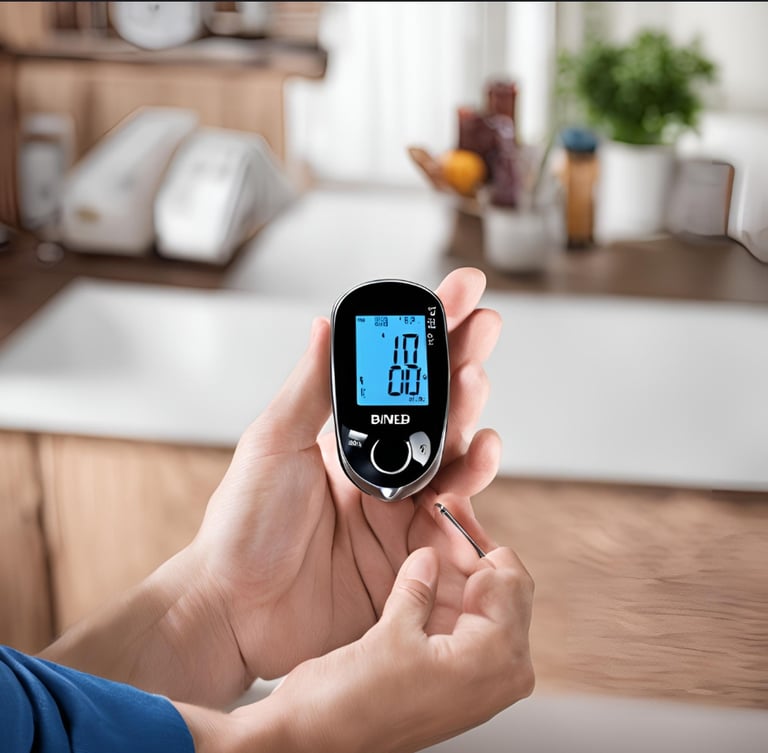How to Accurately Monitor Your Blood Sugar Levels with One Touch Digital Glucose Meters
11/2/20241 min read


Understanding Blood Sugar Monitoring
Monitoring your blood sugar levels is crucial for managing diabetes and maintaining overall health. Fluctuating blood sugar levels can lead to various health complications, making it essential to keep track of them regularly. With advancements in technology, digital glucose meters have become the go-to tool for individuals needing to check their glucose levels efficiently and accurately.
The Benefits of One Touch Digital Glucose Meters
One Touch digital glucose meters come with numerous advantages that simplify blood sugar monitoring. For starters, they provide quick results that allow you to make informed decisions about your diet and medication. These devices are user-friendly, designed to require just a small blood sample, making them less intrusive than traditional methods. Furthermore, many models come equipped with features like memory storage and Bluetooth connectivity, enabling better tracking of your blood sugar levels over time.
Tips for Accurate Blood Sugar Measurement
To ensure accurate readings from your One Touch digital glucose meter, follow these tips:
- Always wash your hands with soap and water before testing. This reduces the risk of contamination and user error.
- Use fresh test strips and store them according to the manufacturer’s instructions to prevent inaccurate results.
- Ensure that your meter is calibrated correctly, as per the manufacturer's guidelines, to maintain accuracy.
- Test at consistent times to monitor trends in your blood sugar levels effectively, such as before meals or two hours after.
By implementing these practices, you can trust the results you receive from your One Touch digital glucose meter, improving your diabetes management.
In conclusion, One Touch digital glucose meters are a convenient and reliable option for individuals looking to monitor their blood sugar levels accurately. By understanding how these devices work and following best practices for testing, you can take significant steps toward better health outcomes.
© 2024. All rights reserved.
